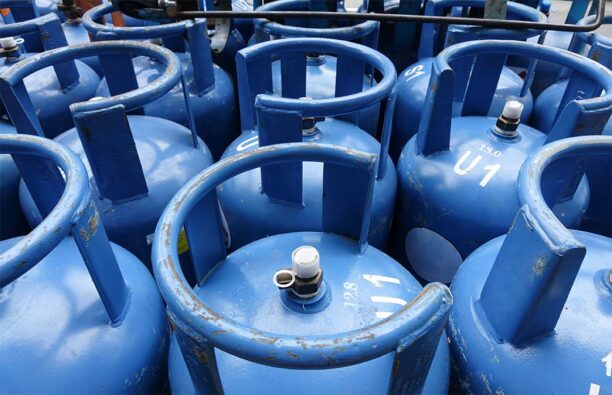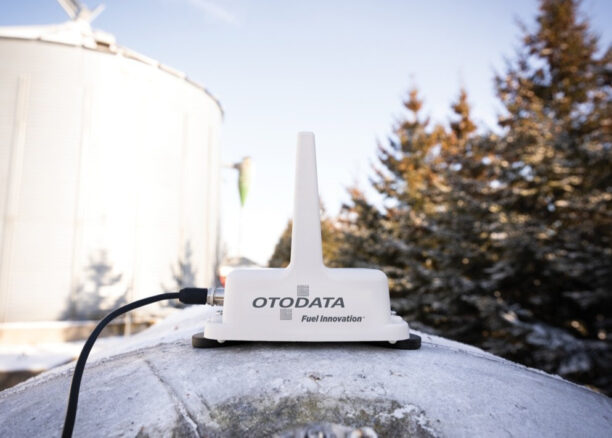Building a Thriving Small Propane Business with Limited Resources
Running a small propane business can be challenging, especially when resources are limited. However, with careful planning, smart investments, and efficient operations, it’s possible to build a successful business that meets the needs of your community. Here’s how to make the most of what you have and grow your propane business efficiently. Prioritizing Smart Investments… Continue reading Building a Thriving Small Propane Business with Limited Resources



